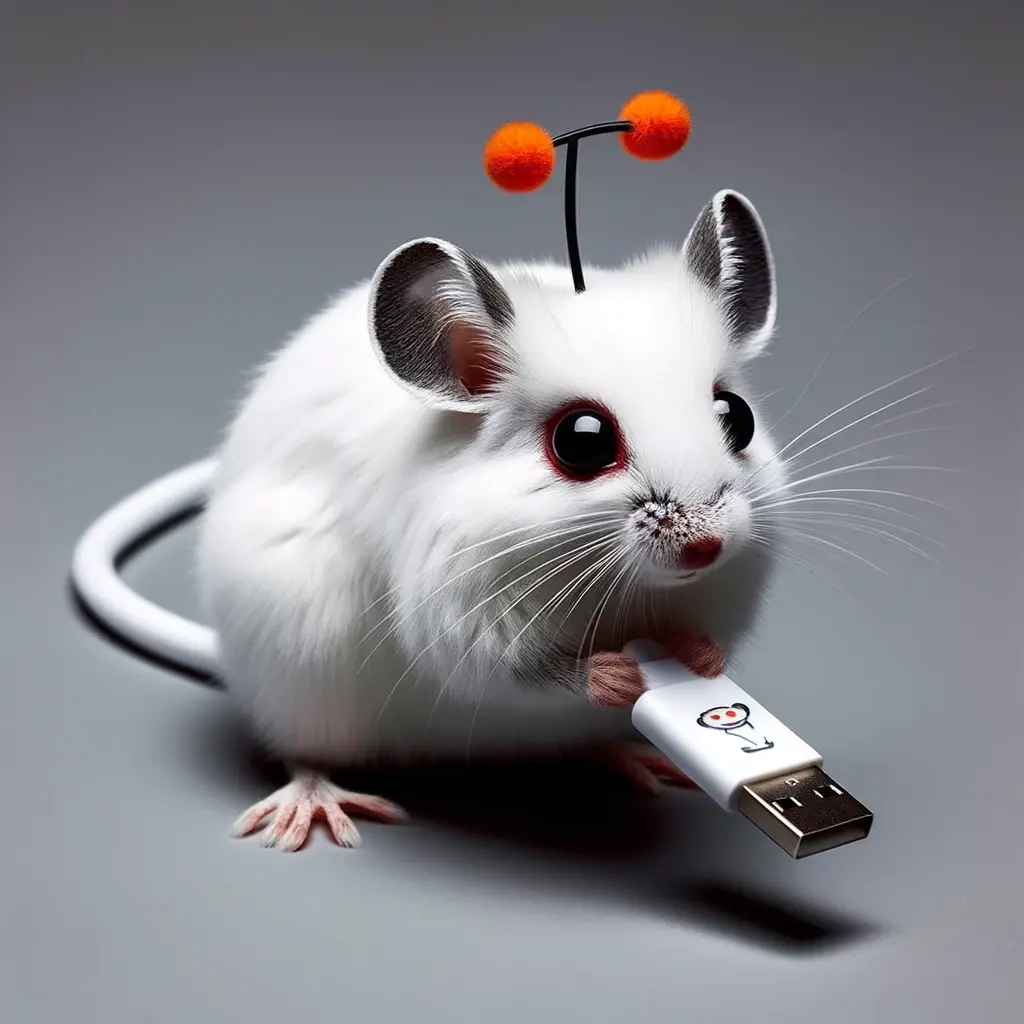This is an automated archive made by the Lemmit Bot.
The original was posted on /r/hfy by /u/Ex-SoLs on 2025-10-01 10:15:42+00:00.
Final Thesis in Xeno-Medical Studies, by Sag’thila Submitted to the University of Auldranis, Department of Comparative Xenobiology
This thesis investigates the peculiarities of the human mind (Homo sapiens terranum), a species whose neurochemistry and behavioral patterns defy the established norms of galactic sapience. While fragile in physiology and unstable in psyche, humans exhibit unique adaptations; the ability to generate innovation under duress, the tendency to perceive threats beyond empirical detection, and the paradoxical transformation of suffering into artistic and cultural advancement. By comparing humanity’s neurological and social traits against those of the Veydran, Serathi, and Khelari, I argue that human fragility is not maladaptive error but the crucible of their most extraordinary capacities.
Introduction
Within the annals of xenomedical studies, no subject has been so frequently dismissed as “too chaotic for classification” as the human species. Small, soft-bodied, and neurochemically volatile, they appear unremarkable compared to their galactic peers. Yet to ignore them is to overlook one of the strangest paradoxes in biology; a species whose greatest strength is born from its instability.
I chose to focus my final thesis on humans because their consciousness provides both a warning and a marvel. Unlike the orderly neurosymbiosis of the Khelari, or the steady emotional equilibrium of the Serathi, the human brain is a battlefield. It is subject to imbalances they cannot control, driven by impulses they barely understand, and haunted by conflicts both external and internal. And yet through this fragility, they create art, technology, philosophy; that resonates far beyond the boundaries of their homeworld.
Section I: Neurological Fragility and Emotional Excess
The human nervous system is chemically governed by compounds such as serotonin, dopamine, and cortisol (Reh’thalar, 212.6). These chemicals shift unpredictably, producing rapid changes in mood, perception, and motivation. Unlike the Khelari, who maintain kheleostasis through symbiotic regulation, humans lack conscious control over these processes.
This volatility produces what humans themselves classify as mental illness:
• Depression: a paralysis of will, marked by despair and exhaustion.
• Schizophrenia: altered perception, often creating voices and visions.
• Bipolar disorder: cycles of mania and collapse.
To most galactic species, these would constitute permanent disqualification from societal contribution. Yet humans not only endure these conditions but often transform them into creative output. Famous Terran composers, for instance, are documented as having produced symphonies during manic or depressive episodes (Jallith & Korves, 601.7). What should be dysfunction becomes creation.
Section II: The Illusion of Precognition
Humans frequently report experiences of “sensing danger” or “feeling watched” in the absence of observable stimuli. Neurological scans suggest this arises from hyper activation of their amygdala (Jarael, 544.2). While scientifically explainable as hypervigilance, humans elevate this into the metaphysical, often attributing such sensations to supernatural intuition.
Some xenobiologists suggest this reflex evolved from their status as prey animals (Seranthis, 419.9). Others argue it is simply paranoia. A maladaptive leftover from primitive times. I propose a hybrid view: humans, being unable to deactivate this state, have carried it forward into modernity. When predators ceased to hunt them, they conjured replacements in the form of rival tribes, rival ideologies, and most alarmingly, rivals within their own minds.
Section III: Cravings for Danger and Violence
Despite their delicate bodies (their skeletal density is nearly half that of the Veydran juvenile; Elthear, 300.4), humans exhibit a fixation on violence. Combat is ritualised as sport, dramatized in entertainment, and sanctified in war.
Three dominant theories exist:
- Predator Theory: Violence stems from hunting ancestry. This seems implausible, given their blunt teeth and weak claws.
- Neurochemical Reward Theory: Combat triggers adrenaline and dopamine surges, creating addictive cycles.
- Cultural Catalyst Theory (Sag’thila): Humans require struggle as a stabilizing force. Without external conflict, their minds fracture inwardly, producing addictions, paranoia, or self-destruction.
This latter explanation, though controversial, accounts for their peculiar historical trend of thriving under adversity.
Section IV: Creativity in Collapse
One of the most baffling traits of humanity is their tendency to create profound works of art, philosophy, and technology during eras of suffering.
The Terran “Renaissance” followed centuries of plague and warfare.
The Machine Age accelerated during a period of empire and revolt.
The Stellar Expansion occurred not during peace, but during the scarcity driven “Fuel Wars.”
Humans channel suffering into music and art that surpasses that of more stable species. Serathi artworks are harmonious but lack the emotional gravity of Terran compositions. Khelari architectural forms are flawless but sterile compared to human monuments scarred by history. Veydran war chants stir unity but not the aching beauty of Terran songs written in despair.
Section V: Comparative Analysis
• Veydran: Resilient, warlike, but emotionally muted. Their songs inspire fear, not sorrow.
• Serathi: Collective consciousness prevents loneliness, but suppresses individuality. They create beauty without desperation.
• Khelari: Neurosymbiosis balances their minds, eliminating extremes of emotion. Their art is mathematically perfect, yet lifeless.
Humans, by contrast, embrace chaos. Their fragility births resonance, their neurosis produces beauty. They thrive not in balance but in imbalance.
Conclusion
Humans are a paradox. Fragile in flesh, volatile in mind, and yet uniquely capable of transformation under strain. They survive not by transcending conflict but by embedding it into their very consciousness. Where other species avoid struggle, humans crave it. Where others collapse under instability, humans transmute it into art, invention, and survival.
I therefore propose that humanity not be dismissed as “medically defective,” but rather studied as an evolutionary outlier; a living proof that fragility itself can be adaptation. Their minds are not flames to be steadied, but wildfires that burn destructively and yet illuminate new paths for all who observe them.
. References
(Translated from original galactic lexicon)
Reh’thalar, X. (212.6). Chemical Instabilities in Prey-Derived Sapients. Journal of Neuroxenology, 88(4), 201–233.
Jallith, O., & Korves, S. (601.7). Madness and Music: Case Studies from Terra’s Composers. Archives of Comparative Psychiatry, 14(2), 45–66.
Jarael, F. (544.2). The Amygdala Reflex in Human Subjects. Auldranis Institute of Neurology Papers, 22(7).
Seranthis, H. (419.9). Hypervigilance in Fragile Species. Xenopsych Review, 7(1), 56–82.
Elthear, P. (300.4). Bone Density Among Sapients. Comparative Anatomy Vol. III.

